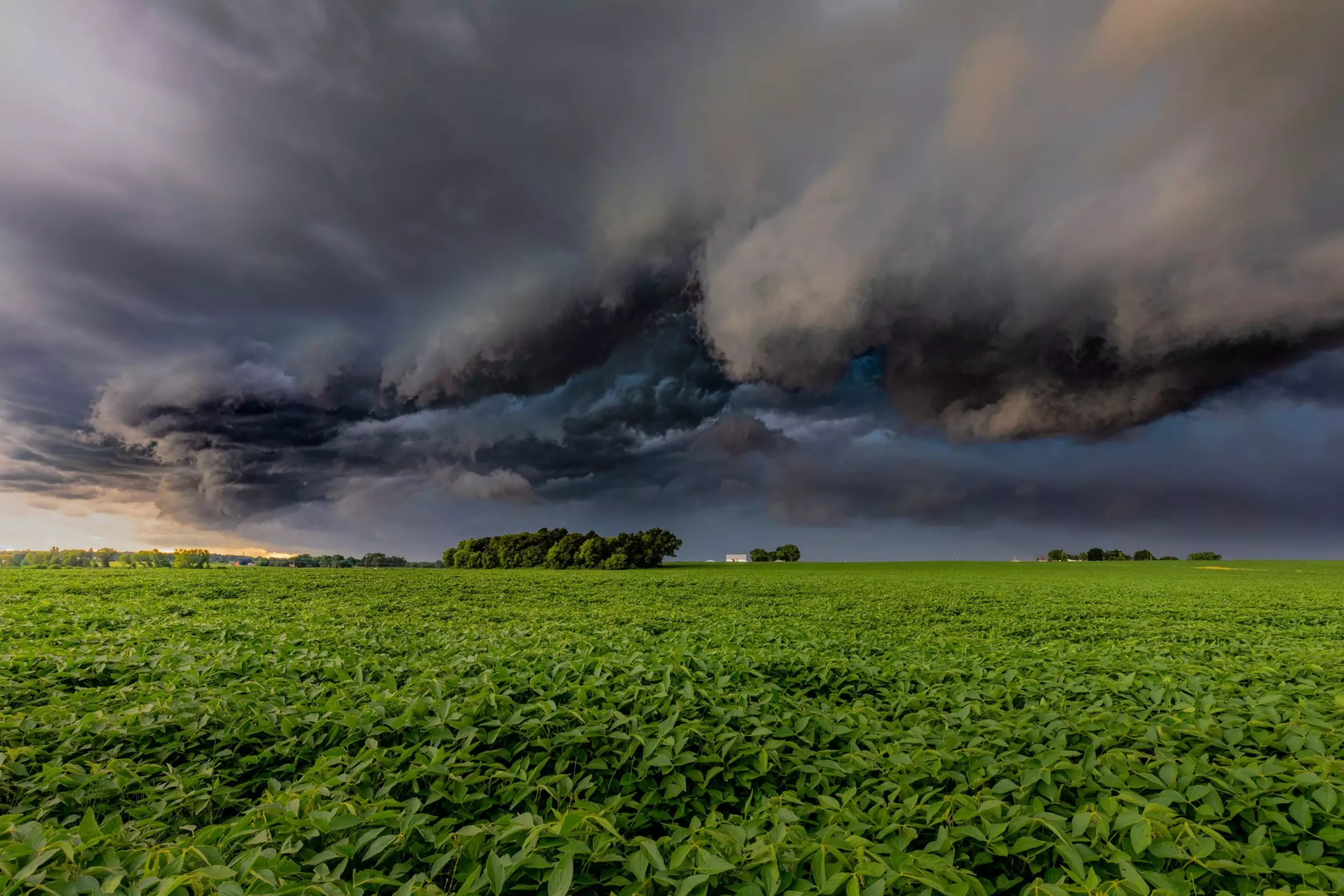Destructive winds that flow out of thunderstorms in the central United States are becoming more widespread with warming temperatures, according to new research conducted by the U.S. National Science Foundation (NSF) National Center for Atmospheric Research (NCAR). This study, published in Nature Climate Change, highlights the alarming increase in the geographic area affected by damaging thunderstorm straight-line winds over the past 40 years.
An Increasing Trend
Traditionally, thunderstorms have been associated with extreme weather events such as heavy rainfall, lightning, and hail. However, the study reveals that thunderstorms are causing more frequent and intense gusts of wind, known as straight-line winds. These gusts can suddenly escalate from no wind to speeds of 60 to 80 miles per hour, posing significant risks to buildings, power grids, and human safety. The central U.S., in particular, has experienced a five-fold increase in the area impacted by these damaging winds.
The Impact on Infrastructure
Straight-line winds, caused by powerful downdrafts from the base of thunderstorms, are classified as damaging if they exceed 50 knots (approximately 57 miles per hour). According to insurance industry estimates, these winds result in approximately $2.5 billion in damages annually in the United States. In 2020, a powerful derecho, a widespread windstorm associated with fast-moving thunderstorms, caused an estimated $11 billion in damage in the Midwest.
Previous attempts to study the impact of climate change on straight-line winds have been limited by the coarse resolution of computer models and the scarcity of weather observations. However, the researchers utilized a high-resolution computer model simulation named CONUS404, which allows for a much finer analysis of winds across the continental United States over the past 40 years. This advanced simulation, in collaboration with the U.S. Geological Survey, provided a more comprehensive understanding of the increasing frequency and intensity of straight-line winds.
By comparing the simulation with measurements of selected wind events, such as the 2020 derecho, the accuracy of the CONUS404 model was verified. Unlike previous simulations, which failed to capture many straight-line wind events, this high-resolution model successfully captured the essential characteristics of these winds. This validation confirmed the model’s reliability in depicting the changing patterns of damaging thunderstorm winds.
To explore the connection between climate change and the increasing prevalence of straight-line winds, the researchers analyzed the thermodynamics behind these wind events. The process involves rain and hail evaporating at high altitudes, cooling the surrounding air, and creating downdrafts. The cooled air then descends rapidly, resulting in intense outward winds upon reaching the surface. Calculations conducted by the researchers demonstrated that climate change is amplifying this process by increasing the temperature difference between the cool downdraft air and the warm surrounding air. This amplified temperature difference facilitates faster descent of the cold air, making it more likely for thunderstorms to generate damaging winds.
Planning for the Future
The findings of this study emphasize the need to incorporate the increasing risk of straight-line winds when planning for the impacts of climate change. Building resilient infrastructure capable of withstanding these frequently neglected perils is essential for the future. By acknowledging the escalating threat of damaging thunderstorm winds, communities can better prepare and adapt to minimize the potential losses and ensure the safety of their residents.
As temperatures continue to rise, thunderstorms in the central United States are becoming more dangerous, characterized by an alarming increase in damaging straight-line winds. The research conducted by the U.S. National Science Foundation (NSF) National Center for Atmospheric Research (NCAR) sheds light on the magnitude of this threat, indicating a five-fold expansion of the area impacted by these winds in the past 40 years. By integrating these findings into climate change planning and infrastructure development, we can work towards a future that is better equipped to mitigate the risks posed by damaging thunderstorm winds.


Leave a Reply